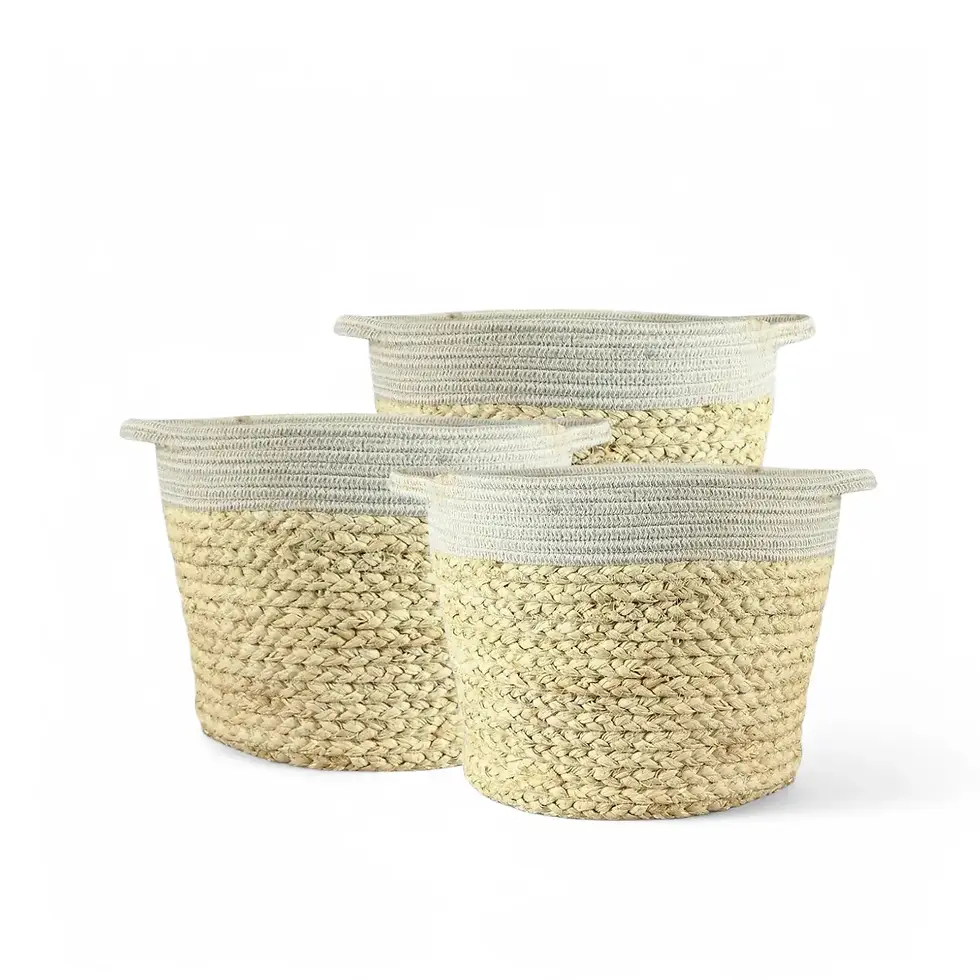Alocasia 'Pink Dragon' - Essential Insights and Plant Care
Alocasia 'Pink Dragon' is a hybrid marvel with its vibrant pink stems and bold, sculptural foliage. Its deep-green, glossy leaves feature pale silver veins and occasionally display a soft pink underside, creating a visual masterpiece. Originally introduced in Thailand as Alocasia 'Aurora', it was later rebranded in Europe to emphasize its exotic, dragon-like allure. Compact and stunning, this plant is a favorite for those seeking to add an artistic, tropical vibe to their home.
Key Features and Unique Qualities of Alocasia 'Pink Dragon'
- Pink Stems: Rosy-pink stems add a pop of color, providing a bold contrast against the dark foliage.
- Glossy Leaves: Heart-shaped, glossy leaves with prominent silver veins make this plant an indoor showpiece.
- Compact Size: Grows up to 50-80 cm in height, making it ideal for smaller spaces like shelves, tabletops, or cozy corners.
What Makes Alocasia 'Pink Dragon' Unique?
This hybrid originates from tropical Southeast Asia, thriving in warm, humid environments. Indoors, it prefers similar conditions to maintain its lush, vibrant appearance. It grows upright, reaching a manageable height of 50-80 cm and a spread of 30-50 cm.
Toxicity: Contains calcium oxalate crystals, making it toxic to pets and humans if ingested. Handle carefully and place out of reach of pets and children. Always wear gloves when handling the plant to avoid skin irritation.
Comprehensive Care Guide for Alocasia 'Pink Dragon'
- Light: Thrives in bright, indirect light. Avoid direct sunlight, which can scorch the leaves. Rotate occasionally for even growth.
- Watering: Keep the soil consistently moist but not soggy. Water when the top 2-3 cm of soil is dry, ensuring proper drainage to prevent root rot. Use filtered or distilled water to prevent mineral buildup from tap water.
- Humidity: Requires high humidity levels (60-80%). Use a humidifier to maintain optimal levels. Avoid misting to prevent fungal issues.
- Temperature: Ideal temperatures range from 18-27°C. Avoid sudden temperature fluctuations, cold drafts, or hot air from heaters.
- Soil: Use a well-draining mix of coconut coir, perlite, and orchid bark. Adding pumice or extra bark improves drainage and airflow.
- Repotting: Repot every 1-2 years or when root-bound. Choose a pot with drainage holes. Terracotta pots are recommended for moisture regulation.
- Fertilizing: Feed monthly with a diluted balanced fertilizer during active growth. Avoid over-fertilizing to prevent salt buildup and leaf burn.
- Propagation: Divide rhizomes during repotting, ensuring each section has roots and a healthy leaf. Use sterilized tools to avoid infection.
- Semi-Hydroponics: Adapts well to semi-hydroponic setups using LECA. Ensure consistent moisture and nutrient levels.
- Pruning: Remove yellow or damaged leaves regularly to redirect energy to healthy growth.
- Placement: Place in a stable location with bright, filtered light. Avoid areas near air vents or drafts.
- Growth Rate: Moderate growth rate with steady care. Expect new leaves every few weeks during the growing season.
- Dormancy: May enter dormancy during winter or low-light periods. Reduce watering and feeding but maintain humidity and warmth.
Alocasia 'Pink Dragon' - Common Problems and Practical Solutions
- Pests: Watch for spider mites, mealybugs, and thrips. Treat infestations early with neem oil or insecticidal soap. Isolate affected plants to prevent the spread.
- Root Rot: Caused by overwatering or poor drainage. Ensure the pot has drainage holes and use a well-draining soil mix. Avoid leaving water in the saucer.
- Brown Tips: Usually due to low humidity or over-fertilization. Increase humidity and adjust fertilizer application.
- Yellow Leaves: Indicates overwatering, underwatering, or nutrient deficiencies. Check soil moisture and adjust care routine.
- Fungal Issues: High humidity with poor airflow can lead to fungal problems. Ensure proper ventilation and avoid wetting the leaves.
- Drooping Leaves: Often due to inconsistent watering or insufficient light. Stabilize environmental conditions and monitor care.
- Leaf Loss: During dormancy or environmental adjustment, losing older leaves is normal. Ensure stable care to minimize leaf drop.
Additional Insights for Alocasia 'Pink Dragon'
To mimic its natural rainforest environment, provide consistent warmth, high humidity, and bright, indirect light. Regularly clean leaves with a damp cloth to remove dust and optimize photosynthesis. Use stakes or supports if stems become top-heavy.
Alocasia 'Pink Dragon' adds a sculptural elegance to any room while being manageable with the right care. In some Southeast Asian cultures, Alocasia plants symbolize prosperity and strength, making them thoughtful gifts or auspicious decor items.
Etymology and Origin
The genus name Alocasia is derived from the Greek words "allos" (other) and "kasia" (a reference to Colocasia). This hybrid’s cultivar name, 'Pink Dragon,' was chosen to emphasize its vibrant pink stems and bold, dramatic foliage, reminiscent of mythical dragons. Originally known as Alocasia 'Aurora' in Thailand, it was rebranded to reflect its exotic charm upon entering the European market.
FAQs About Alocasia 'Pink Dragon'
- Q: Can I grow it in low light?A: No, it requires bright, indirect light. Low light may lead to stunted growth and dull leaves.
- Q: What type of soil is best?A: A well-draining mix with components like perlite, orchid bark, and coconut coir works best.
- Q: How often should I repot?A: Repot every 1-2 years or when the plant becomes root-bound.
- Q: Can it grow in semi-hydroponics?A: Yes, it thrives in semi-hydroponic setups like LECA. Ensure consistent moisture and nutrients.
Order Your Alocasia 'Pink Dragon' Today
Order your Alocasia 'Pink Dragon' today and enjoy its tropical charm and vibrant elegance. Elevate your plant collection with this stunning hybrid!
Alocasia 'Pink Dragon' ('Aurora')
Alocasia 'Pink Dragon' aka 'Aurora' comes in following sizes:
Baby Plant – 15 cm tall and comes in a ⌀ 6 cm pot
M – is approximately 25 cm tall and comes in a ⌀ 12 cm pot
L – is approximately 60 cm tall and comes in a ⌀ 19 cm pot























































